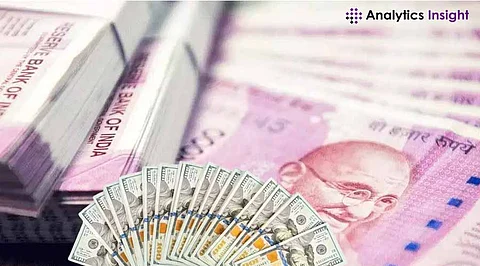

The Reserve Bank of India (RBI) is poised to announce its monetary policy decision today, with widespread expectations of a 25 basis points (bps) reduction in the repo rate, bringing it down to 6.25%. This anticipated move marks the first RBI rate cut in nearly five years, driven by a combination of moderating inflation and the need to bolster economic growth.
India's economic growth has been experiencing a slowdown, with the government projecting a 6.4% expansion for the fiscal year ending in March 2025—the slowest pace in four years. This deceleration is attributed to a weaker manufacturing sector and subdued corporate investments. In response, the government has implemented tax cuts in its recent budget to stimulate spending and spur growth, while maintaining fiscal discipline.
Inflation, although still above the RBI's medium-term target of 4%, has eased to a four-month low of 5.22% in December 2024. This downward trend in inflation provides the central bank with the leeway to consider monetary easing to support the economy.
The anticipation of a rate cut has exerted significant pressure on the Indian rupee. The currency weakened to a record low of 87.4875 against the U.S. dollar on February 5, 2025, before closing at 87.4650, marking a 0.4% decline for the day. This depreciation is largely driven by expectations of reduced interest rate differentials between the U.S. and India, which could lead to diminished foreign capital inflows.
Persistent foreign outflows, uncertainties surrounding U.S. trade tariffs, and the anticipated domestic rate cuts have all contributed to the rupee's decline. The currency has depreciated over 2% so far in 2025, making it the worst performer among major Asian currencies.
The expectation of a rate cut has also influenced the dollar-rupee forward markets. Forward premiums have dipped, with the 1-month forward premium dropping to 17.75 paisa and the 1-year implied yield declining by 4 bps to 2.15%. A rate cut would likely keep the 1-year yield between 2.10% and 2.35%, while a pause could push it up to 2.70%.
In addition to the anticipated rate cut, the RBI has been proactive in managing liquidity in the banking system. The central bank recently conducted a $5 billion buy/sell dollar-rupee swap to absorb excess dollar liquidity, which had been contributing to elevated overnight swap rates. These measures have helped reduce the liquidity deficit in the banking system from 3.16 trillion rupees to 382 billion rupees as of February 4, 2025.
Market participants are also focusing on potential additional moves by the RBI, such as further liquidity infusion measures, to ensure effective transmission of the rate cut into lending rates. Economists suggest that easing through unconventional policy tools like liquidity and regulatory measures will continue to play a crucial role in supporting the economy.
Global economic conditions, including rising geopolitical tensions and potential trade conflicts, have added complexity to India's economic outlook. The strengthening of the U.S. dollar and uncertainties related to U.S. trade tariffs have contributed to market volatility and have impacted the Indian rupee.
The Federal Reserve's previous rate cuts and its current stance of holding rates steady until June add another layer of complexity to India's monetary policy decisions. A narrowing interest rate differential between the U.S. and India could lead to reduced foreign capital inflows, exerting additional pressure on the rupee.
As the RBI prepares to announce its monetary policy decision, the anticipated rate cut aims to strike a balance between supporting economic growth and managing inflationary pressures. While the move is expected to provide a stimulus to the slowing economy, it also poses challenges, particularly concerning the stability of the Indian rupee and the potential impact on foreign capital flows. The central bank's approach to liquidity management and its responsiveness to global economic developments will be critical in navigating the complex interplay between domestic economic objectives and external pressures.
